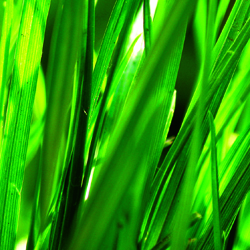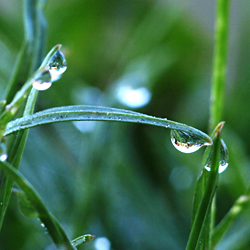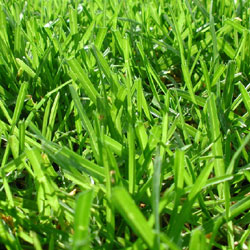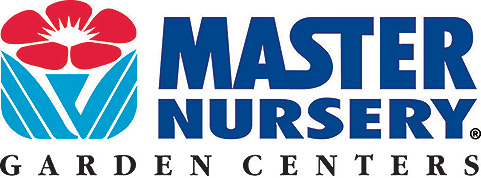Most homeowner’s dream of a lush and beautiful lawn but fear it’s too much work for them. We’re not saying it doesn’t require some effort; however, a lawn to be proud of is worth a bit of extra effort, right? Moreover, it is attainable by nearly everyone. All it takes is a plan. Let’s assume you already have a reasonably attractive lawn receiving sun, water and regular mowing. A velvet carpet demands nutrients. Lawn is a “heavy feeder” and requires more nutrients than most soils provide. Fertilizing it strengthens roots to absorb nutrients, replaces those lost nutrients, and increases resistance to pests and weeds. So, let’s develop a simple fertilizing plan based upon your personal preferences.
First, a quick overview of fertilizer’s components. The container will show a sequence of three numbers such as 16-3-16. These are:
- Nitrogen (N), the first number, creates chlorophyll to give the green color and actively promote growth. Normal soil doesn’t provide enough nitrogen to maintain quick lush growth. Therefore, you must add nitrogen.
- Phosphorus (P), the middle number, promotes root growth to bring up water and nutrients from the soil. Strong roots resist the stresses of winter and drought.
- Potassium (K), the last number, works with the nitrogen and phosphorus to strengthen the blades of grass against foot traffic and reduces the loss of water from the blades during dry spells and contributes to the overall health of your lawn.
When to begin fertilizing:
Begin fertilizing when your lawn begins actively growing. For those with “cool season grasses” this will be in the fall after summer browning. For a warm season grass, begin fertilizing in late spring when the growth resumes after winter dormancy. Remember, when buying fertilizer; choose the formulation for the season. After all, it doesn’t make sense to apply a high nitrogen spring formula in the fall, as it will encourage growth at the wrong time of the year when it could freeze.
How often to fertilize:
Frequency depends upon three factors: type of fertilizer, application method and speed of nutrient release.
- Type of Fertilizer: Organic or Synthetic – Organic fertilizers are animal or plant-based such as manure, minerals and bone meal. Apply as liquid slurry or in solid form. Because these fertilizers must decompose to release the nutrients, it will take longer to see the results of the application.Synthetic fertilizers have numerous advantages. These include exact proportions of fertilizing chemicals, quick absorption and fast results. Because no decomposition is required, these save effort and time. Formulations include liquid and granular.
- Liquid or Granular – Liquid fertilizers, organic or synthetic, provide the quickest results. However, because they quickly leach through the soil, they usually require frequent reapplication. Granular fertilizers are distributed using a spreader and are usually the easiest to control. These can be either quick or slow release. Both require watering after application.
- Quick or Slow Release – Quick release granules decompose quickly, providing fertilizer to the lawn in a short period. This results in frequent reapplication every three to four weeks, depending upon temperature and irrigation. Slow release fertilizers last from 8 to 12 weeks, depending upon the granular coating, temperature and amount of irrigation.
Create your fertilizing plan based upon your preferences, desired results and the frequency of application. Liquids and quick release formulations give quick results but require application that is more frequent. When in doubt, remember the two most important fertilizing concepts:
- Be consistent in your plan
- Do not over fertilize. Always follow the instructions. Please resist the thought “if a little is good, more is better.” It’s not! It is better for your lawn and the environment to apply less fertilizer. If you don’t have time to fertilize frequently, use slower releasing formulations.
Remember, if you have questions about lawn care, Western Garden Nursery is always here to help.




